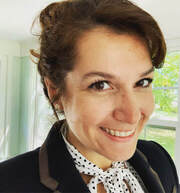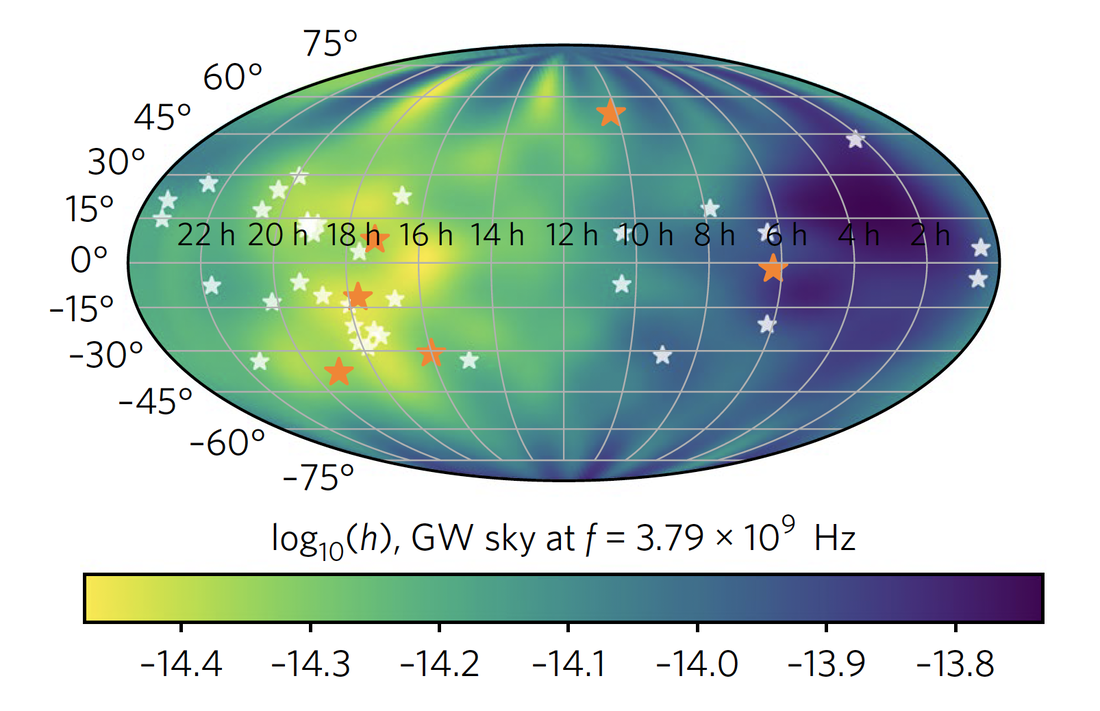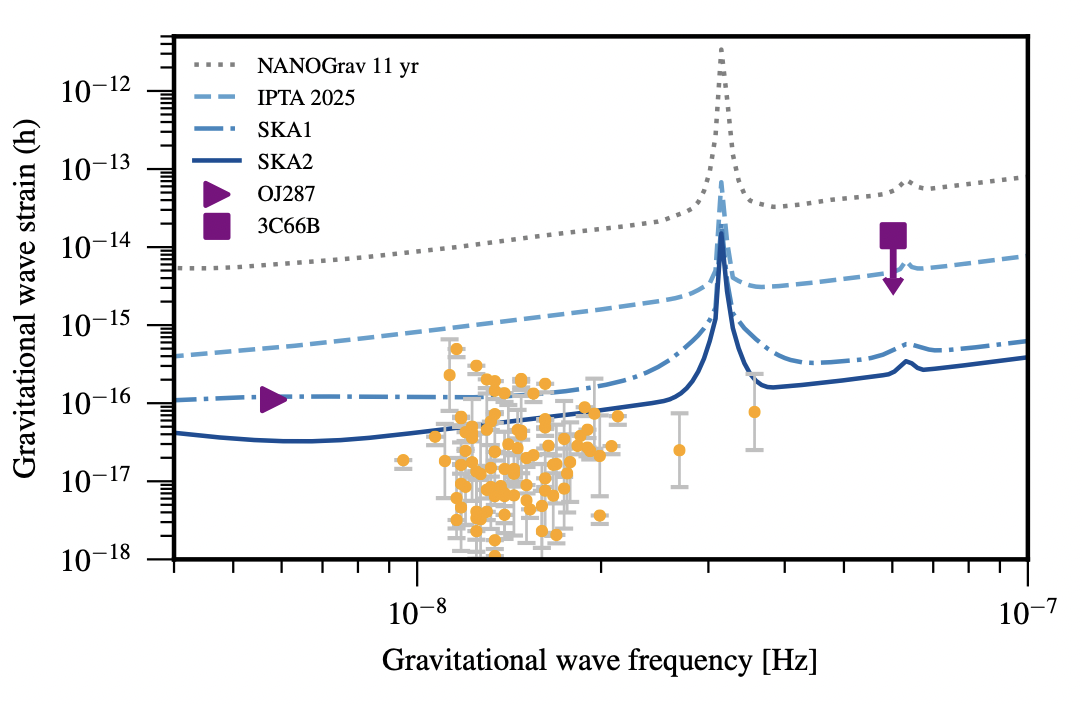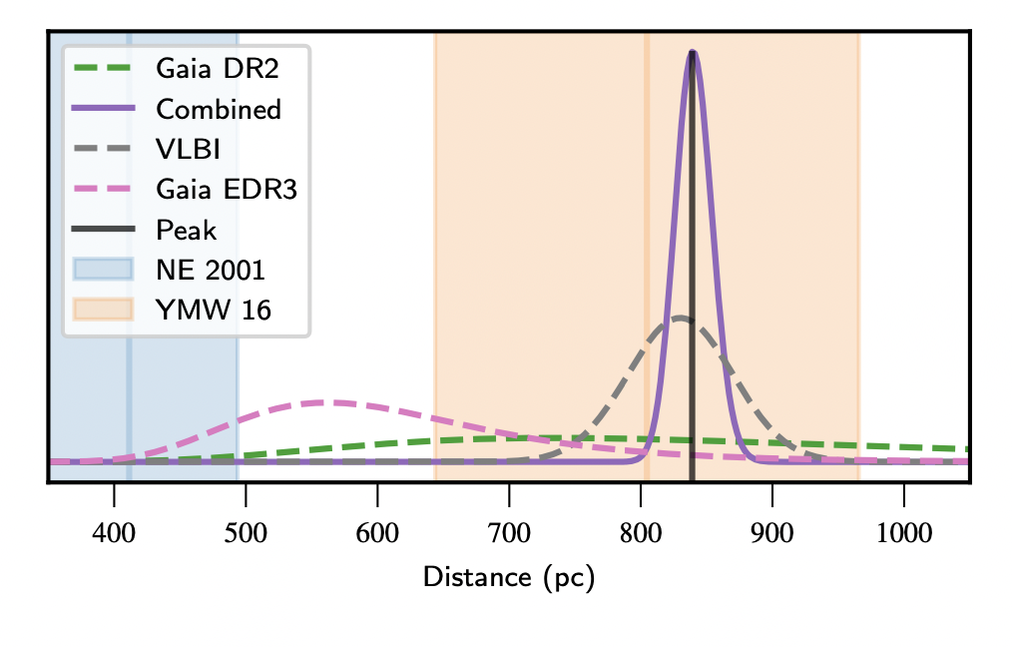I am a gravitational-wave astrophysicist

I am a gravitational-wave astrophysicist, looking to understand how supermassive black holes in the centers of massive galaxies merge. I do this by predicting their nanohertz gravitational-wave signatures, which there is now evidence for in pulsar timing array experiments. With pulsar timing data, I look for both individual supermassive black holes in binary systems, and for the gravitational-wave background which should be generated by their cosmic merger history.
I am an assistant professor at Yale University and a guest researcher at the Center for Computational Astrophysics (CCA) at the Flatiron Institute. Previously I was an assistant professor at University of Connecticut (2020-2023) and an Associate Research Scientist & Fellow at CCA (2017-2023). Before joining the CCA I was a Marie Curie International Outgoing Fellow at Caltech and at the Max Planck Institute for Radio Astronomy. I completed my PhD in 2014 at the University of Birmingham (UK) with Alberto Vecchio.
If you're interested to find out more, check out my guest blog post for Scientific American.
I am an assistant professor at Yale University and a guest researcher at the Center for Computational Astrophysics (CCA) at the Flatiron Institute. Previously I was an assistant professor at University of Connecticut (2020-2023) and an Associate Research Scientist & Fellow at CCA (2017-2023). Before joining the CCA I was a Marie Curie International Outgoing Fellow at Caltech and at the Max Planck Institute for Radio Astronomy. I completed my PhD in 2014 at the University of Birmingham (UK) with Alberto Vecchio.
If you're interested to find out more, check out my guest blog post for Scientific American.
Research
NewsMarch 2024: I am thrilled to been chosen as the recipient of the Marie Curie Alumni Association (MCAA) Career Award 2023. The award was presented at the Annual Conference and General Assembly held March 14-16, 2024, in Milan, Italy.
October: We are pleased to invite you to the first Yale Gravitational Wave Symposium, Nov 20th and 21st. Details on our website.secure.touchnet.net/C20510_ustores/web/store_main.jsp?STOREID=156&SINGLESTORE=true September 13th 2023: I was just named a Public Voices Fellow at Yale, part of the OpEd project. I'm looking forward to learning how to write OpEds with leading journalists, and hopefully improving both my scientific and general writing skills. June 28th 2023: I am thrilled to be part of the NANOGrav Collaboration that just put out the NANOGrav's 15-Year Data Release you can read more it on the New York Times or The Washington Post or Scientific American or this other article on The Washington Post. March 1st 2023: I am delighted to share that I was just appointed to the Executive Committee of NASA's Physics of the Cosmos Program Analysis Group. My expertise area will be the “Gravitational Wave Science Interest Group". From NASA: The Physics of the Cosmos Program Analysis Group serves as a community-based, interdisciplinary forum for soliciting and coordinating community analysis and input in support of Physics of the Cosmos objectives and of their implications for architecture planning and activity prioritization and for future exploration. It provides findings of analyses to the NASA Astrophysics Division Director. |





